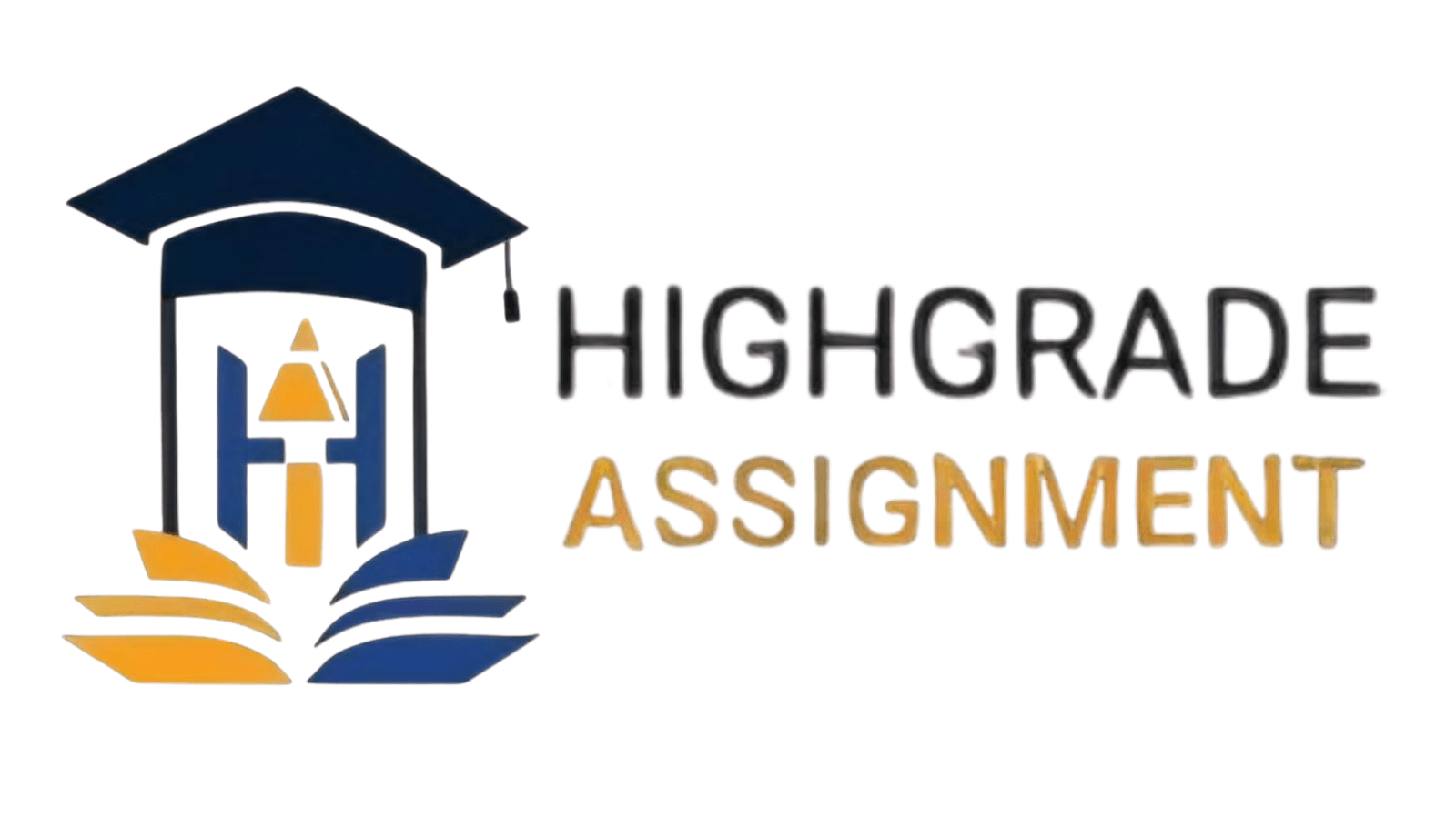Are you struggling with how to write an abstract for an assignment? Don’t worry—you’re not alone. Writing an effective abstract is a crucial skill for students and researchers alike. It serves as the first impression of your work, summarizing its main points and encouraging readers to explore further.
An abstract is not just a summary; it’s a powerful tool to highlight your research’s importance, objectives, methods, findings, and implications. In this guide, we’ll walk you through actionable steps to craft a winning abstract for your assignments.
Why Is It Important to Learn How to Write an Abstract for an Assignment?
An abstract is often the first thing your readers, evaluators, or peers see. Here’s why mastering this skill matters:
- Captures attention: A well-written abstract engages your audience instantly.
- Summarizes effectively: It condenses your entire research into a brief yet informative paragraph.
- Improves discoverability: Including relevant keywords ensures your work ranks higher in academic and search databases.

Steps on How to Write an Abstract for an Assignment
1. Understand the Purpose of an Abstract
Before diving into writing, identify the goals of your abstract. Think about:
- What are the key objectives of your assignment?
- How does your research contribute to the field?
- What unique insights or solutions does it offer?
2. Include the Key Components
When writing an abstract for an assignment, make sure to include these essential elements:
- Introduction: Briefly explain the background and context of your study.
- Objectives: Clearly state the purpose of your research.
- Methodology: Summarize the methods or approaches used in your study.
- Findings: Highlight the key results.
- Conclusion and Implications: Explain the significance of your findings and their potential impact.
3. Use Keywords Strategically
Keywords are essential for SEO and academic discoverability. Make sure to include terms like “how to write an abstract for an assignment” naturally within your content. These keywords help your work rank higher in search engines, ensuring it reaches the right audience.
4. Keep It Concise and Engaging
An abstract should be between 150-250 words. Avoid unnecessary jargon and focus on clarity. Use active voice and compelling language to engage your readers.
5. Write the Abstract Last
Once your assignment is complete, write your abstract. This ensures you have a comprehensive understanding of your work and can summarize it effectively.
6. Edit and Optimize
After drafting your abstract, review it thoroughly. Check for grammar, clarity, and keyword usage. Make sure it aligns with the overall content of your assignment.
Common Mistakes to Avoid When Writing an Abstract
- Being too vague: Ensure your abstract provides enough detail to inform the reader.
- Overloading with jargon: Keep your language simple and accessible.
- Ignoring keywords: Use relevant keywords naturally to boost discoverability.
Conclusion
Mastering the art of writing an abstract can significantly enhance the quality of your assignments. By focusing on structure, clarity, and strategic keyword usage, you can create an abstract that not only impresses your readers but also improves the visibility of your work.
Read More:- How to Write an Assignment In 2024
